The secrets of French chefs to transform your leftovers into gourmet meals
In a world where food waste is becoming a growing concern, the French art of reusing leftovers takes on both an ecological and gastronomic dimension. Heirs to a culinary tradition where nothing is lost and everything is transformed, French chefs have developed over the centuries an impressive know-how to transform leftovers into real feasts. Discover how to adopt this philosophy in your American kitchen and impress your family with creations worthy of the greatest Parisian bistros.
1. The art of planning: preparing tomorrow’s delights today
French cuisine is based on intelligent planning that anticipates the second life of ingredients. This approach goes far beyond simple reheating and transforms the act of cooking into a continuous creative process.
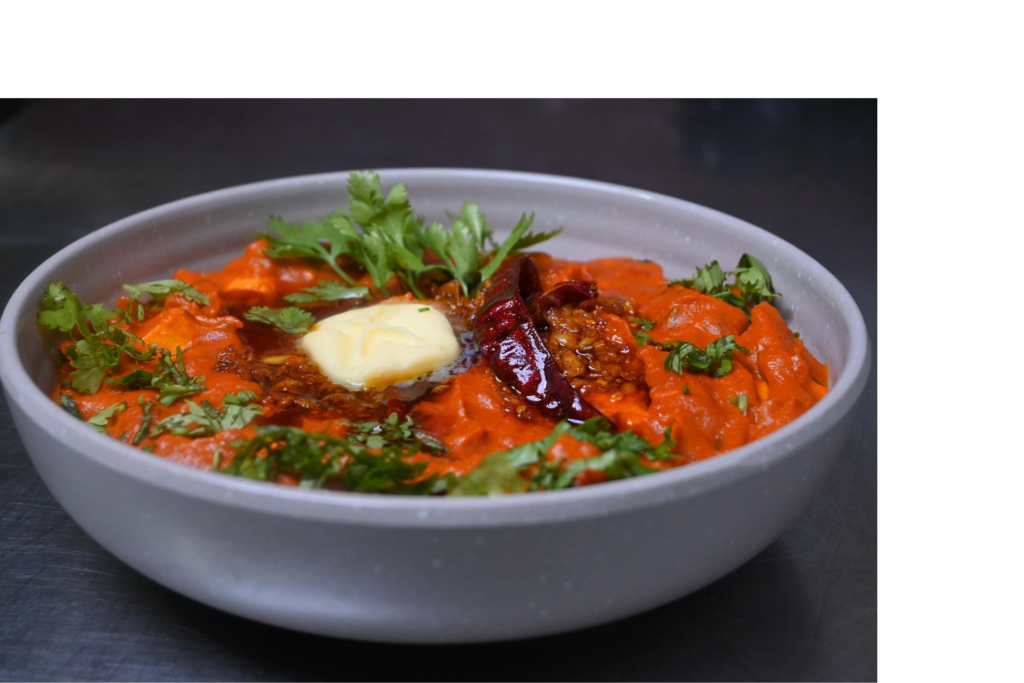
products casseroles pan for the kitchen
Strategic cooking in larger quantities
French chefs deliberately prepare certain ingredients in larger quantities, knowing that they will be used as a base for other dishes. For example, they roast a whole chicken on Sundays, knowing that the leftover meat will become a delicious shepherd’s pie or a mixed salad later in the week.
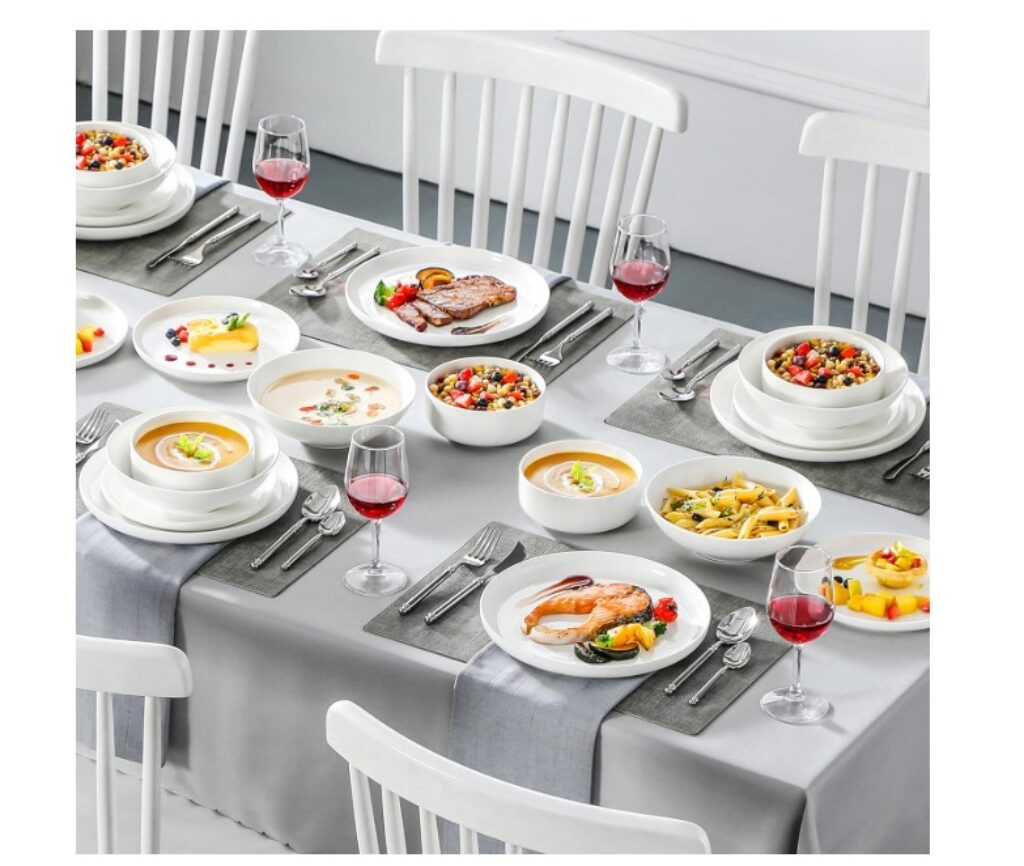
Plates and Bowls Sets, 24 Pieces Modern Porcelain
Plan versatile ingredients
Choose ingredients that are easy to transform: rice that will become risotto and then arancini, roasted vegetables that will become velvety soup, or meat that will evolve from roast to gourmet sandwich and then to quiche filling.
Organize your refrigerator like a chef
Adopt the French system of product rotation: place leftovers to be transformed in the front of the refrigerator in transparent containers labeled with the date. Make a weekly inventory to identify what needs to be used quickly.
Create a flexible meal schedule
Unlike rigid planning, the French method leaves room for improvisation by planning “transformation evenings” in your week, specifically dedicated to the creative use of accumulated leftovers.
2. Transformation techniques: French methods to reinvent your leftovers
French chefs master several culinary techniques that add a new dimension to already cooked food. These simple methods radically transform the texture and flavor of leftovers.
decorating ideas for homes and apartments
The garnish technique
Transform practically any leftovers into a tasty garnish. Vegetables can be finely chopped and then incorporated into an omelet or quiche. Meat can be shredded and seasoned to garnish savory crepes or rustic pies.
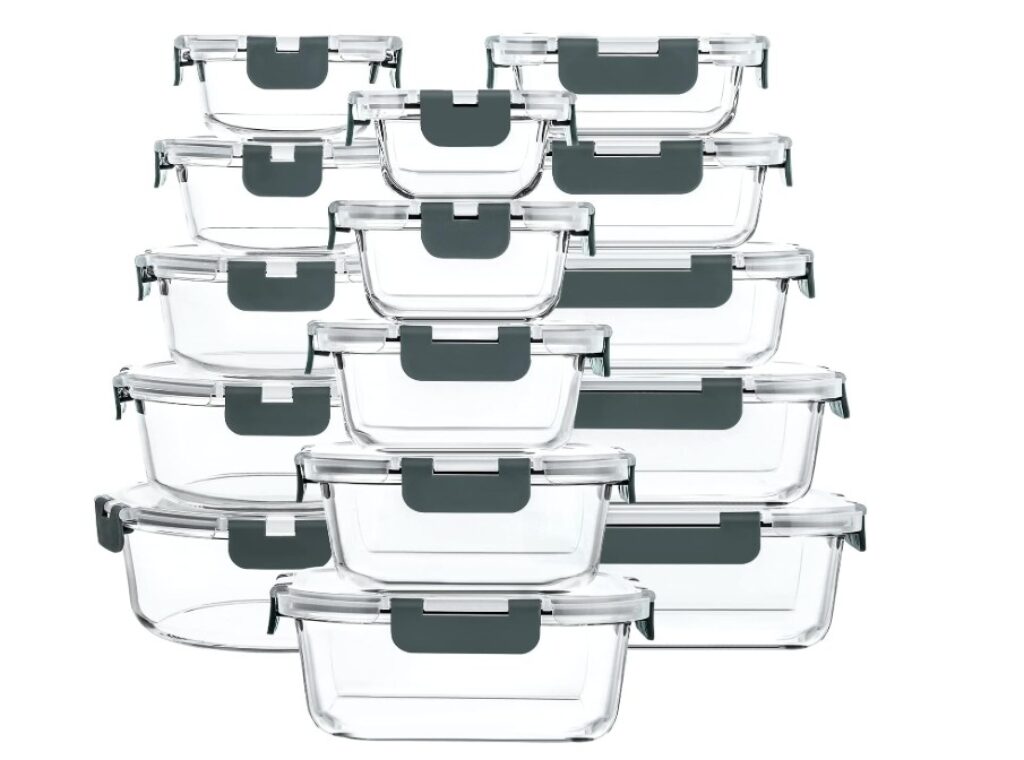
The art of combining
Sauces can be used to bring together disparate ingredients. A béchamel transforms pasta, ham and vegetables into a creamy gratin. A spicy vinaigrette can transform cold vegetables into a sophisticated salad.
The crispy-melting technique
Playing on texture contrasts revitalizes leftovers. Add a layer of gratin to a pasta or vegetable dish. Wrap your leftovers in puff pastry or brioche. Turn rice into crispy on the outside and fluffy on the inside croquettes.

The flavor concentration method
Intensify the flavors of leftovers by sautéing them over high heat to lightly caramelize the sugars or by adding flavor reducers such as a little tomato paste, reduced broth or a few drops of soy sauce.
The vertical assembly technique
Layer your leftovers in tasty layers, like in a savory millefeuille, a shepherd’s pie or a terrine, alternating textures and flavors to create a visually appealing and tasty dish.
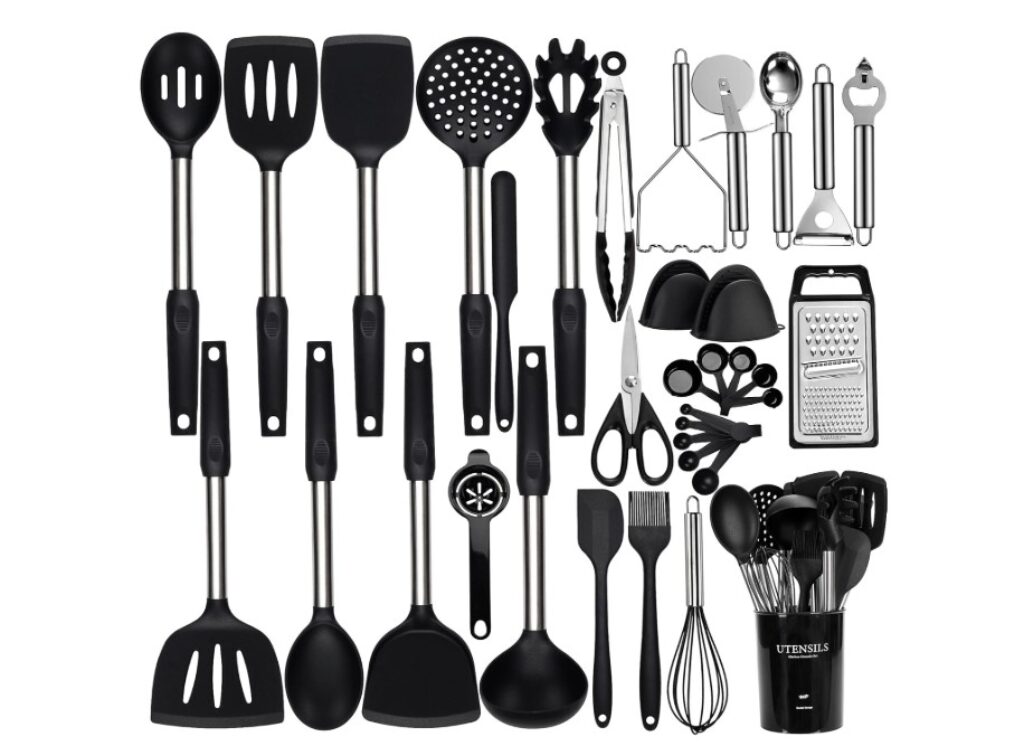
3. The great French classics born from leftovers: anti-waste traditions
Many iconic dishes of French gastronomy were originally created to prevent food waste. These traditional recipes transform simple ingredients or leftovers into sophisticated and delicious dishes.
Sweet and savory French toast
Stale bread finds a second life when soaked in a mixture of eggs and milk. In the sweet version with cinnamon and sugar, it becomes a comforting dessert. In the savory version with herbs and grated cheese, it becomes a delicious accompaniment to soup or salad.
Hachis Parmentier reinvented
This French classic traditionally uses leftover stewed meat topped with mashed potatoes. Modernize it by using roasted vegetables, fish, or even legumes for a vegetarian version, while retaining the delicious layer of gratinated mash.
Provençal pistou soup
This traditional soup is the perfect example of using vegetables that are slightly wilted but still edible. With a basil, garlic and olive oil sauce, it transforms simple ingredients into a tasty and nutritious dish.
Croquettes and fritters
These little crispy bites are perfect for using up leftover meat, fish or vegetables. Mixed with a cooled béchamel sauce, shaped into balls and then breaded, they become a sophisticated appetizer or an elegant starter.

Improvised gratins
Gratin is the universal solution for transforming practically any leftovers. Pasta, rice, vegetables, meat or fish take on a new dimension when they are topped with a creamy sauce and baked in the oven until they have a golden, crispy crust.
4. Sauces and condiments: transforming elixirs of French cuisine
In French cuisine, sauces are not just simple accompaniments but real transformative agents. They allow you to bind, enrich and completely reinvent a dish from the day before.
Mother sauces and their derivatives
Master a few basic sauces (béchamel, velouté, tomato, vinaigrette) to transform any leftovers. A béarnaise sauce can revitalize a cooled steak, a mustard sauce can give a new dimension to a vegetable dish, and a red wine sauce can enhance leftover meat.
Revitalizing marinades
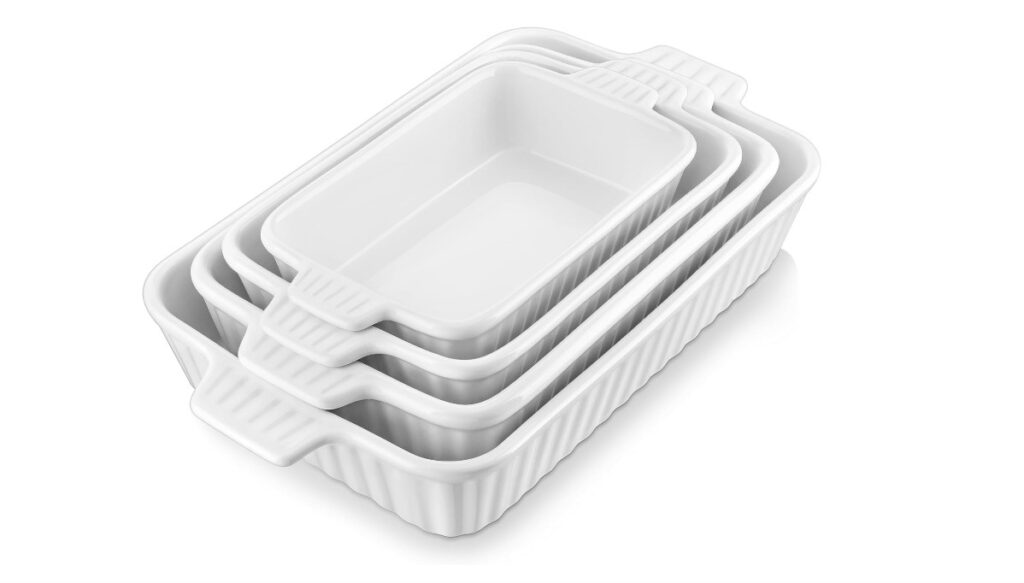
Casserole Dishes for Oven, Porcelain Baking Dishes, Ceramic Bakeware Sets of 4
Use marinades to tenderize and rehydrate already cooked meats. A mixture of olive oil, lemon juice, garlic and herbs can transform dry roast chicken into delicious kebabs after a few hours of infusion.
Varied pestos
Beyond traditional basil, experiment with pestos made from carrot tops, arugula, or even radish leaves. These flavor-concentrated preparations can transform a simple pasta or vegetable dish into a gourmet creation.
Compound butters
Butter mixed with herbs, garlic, spices or lemon can instantly spice up a dish. Add a slice of herbed butter to warmed vegetables or meat for a restaurant-worthy finish.
Flavored croutons and breadcrumbs
Turn stale bread into seasoned croutons or herb-flavored breadcrumbs. These crispy elements add texture and flavor to soups, salads and gratins, while making clever use of leftover bread.

5. French-style presentation: the art of transformation through aesthetics
French cuisine places particular importance on presentation, which can completely transform the perception of a dish made from leftovers. A few simple techniques can create the illusion of a freshly prepared dish.
Elevated presentation
Instead of spreading food out on the plate, build up your dish in height for a more sophisticated visual effect. Use a cookie cutter to create neat and elegant shapes with your mashed potatoes or rice.

The circle of flavors technique
Arrange different elements in a circle around a central protein. This presentation method instantly transforms disparate leftovers into a coherent and elegant dish.
Graphic sauces
Use sauces to create decorative patterns on the plate. A few drops of herb oil or a dash of balsamic reduction can completely transform the appearance of a simple dish.
The final fresh garnish
Always add a fresh element when serving: chopped herbs, citrus zest, parmesan shavings, or a drizzle of quality olive oil. These finishing touches add sparkle, aroma and a sense of freshness.
The strategic choice of tableware
French chefs know that the container influences the perception of the content. Serve your transformed leftovers in beautiful individual ramekins, miniature cast iron casseroles, or on elegant plates for a complete gastronomic experience.

18 Pcs Pots and Pans Set, Pot Sets for Cooking Nonstick, Healthy kitchen Cookware Sets
The French art of transforming leftovers is not simply a method of home economics, but a true culinary philosophy that celebrates ingenuity, respect for food and gastronomic creativity. By adopting these principles in your American kitchen, you will discover that constraints often generate the best innovations.
French chefs don’t see leftovers as devalued food, but as ingredients that have already begun their culinary journey and are ready for a new transformation. This approach not only significantly reduces food waste, but also allows you to explore new flavors and textures that you might not otherwise have discovered.
How to protect my privacy on my smartphone: Complete guide
So the next time you find yourself staring at a refrigerator full of disparate containers, don’t see a chore but a creative opportunity. Ask yourself what a French chef would do with these ingredients and let your culinary imagination transform the ordinary into the extraordinary. The magic of French cuisine does not lie in expensive ingredients or complex techniques, but in this ability to see the gastronomic potential in every food, down to the last crumb.
The ultimate guide to side hustles that can add $1,000 to your monthly income
purchasesweb: French gastronomy, leftovers, anti-waste, zero waste cooking, reusing leftovers, economical recipes, culinary transformation, chef’s tips, not wasting food, sustainable cooking, meals





